

No one likes having an itching rash. All the more, most people wouldn’t ever want to have a burning, blistering rash. Those are just a few of the symptoms of shingles, a nasty viral skin infection you might have if you’ve ever had chickenpox.
Shingles is a dermatological condition caused by the reactivation of the varicella-zoster virus—the same virus that causes chickenpox. While it is more common in adults over 50, anyone who has had chickenpox is at risk of developing shingles.
The good news? You can take steps to protect yourself. Understanding its symptoms, risks, and preventive measures can help protect you and your loved ones.


Shingles, also known as herpes zoster, is a viral infection that causes a painful rash, often accompanied by nerve pain and other complications. In Southeast Asia, approximately 10.2 million cases of shingles could occur during the remaining lifetimes of people ages 50 and above.
It occurs when the varicella-zoster virus (VZV)—the virus that causes chickenpox—reactivates in the body. After recovering from chickenpox, the virus doesn’t completely disappear; instead, it lies dormant in nerve tissues near the spinal cord and brain.
The name “shingles” comes from the Latin word cingulum, meaning belt or girdle. This is indicative of the characteristic rash pattern, often appearing as a band or strip on one side of the body. The rash follows the path of affected nerves, typically wrapping around the torso, but it can also appear on the face, neck, or other areas.
Shingles can be a painful and serious condition, sometimes leading to long-term nerve pain known as postherpetic neuralgia (PHN) and other complications.

You can’t catch shingles from someone else—but the virus that causes it can spread. If you’ve had chickenpox, the VZV remains dormant in your body and can reactivate later in life as shingles.
However, there’s a risk of transmission to those who have never had chickenpox or the chickenpox vaccine. If they come into direct contact with the fluid from shingles blisters, they won’t get shingles, but they could develop chickenpox instead. This is why people with shingles should take precautions, especially around newborns, pregnant individuals, and those with weakened immune systems.


Pain, tingling, or burning sensation

Red rashes

Fluid-filled blisters
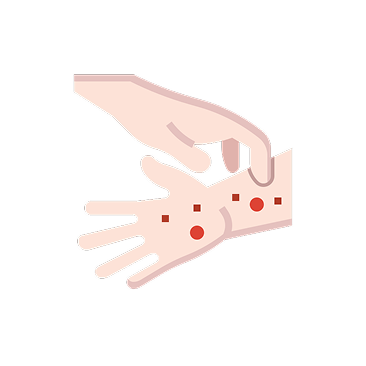
Itching
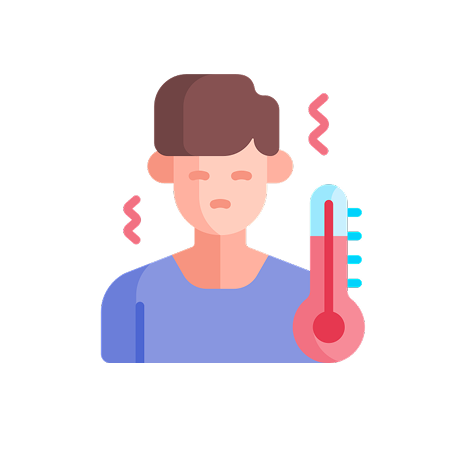
Fever, headache, and fatigue
Shingles is more than just a rash—it’s a painful and often distressing
experience that unfolds in stages. Here’s what you can expect:






– Jun Hoong

– Jun Hoong
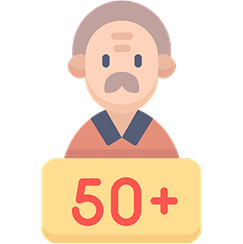
Ages over 50
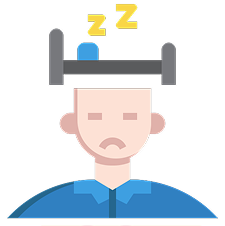
Stress and lack of sleep

Ages over 50

Stress and lack of sleep
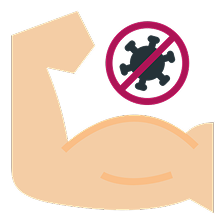
Weakened immune system
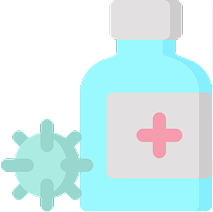
Using chemotherapy or immune-suppressing drugs

Weakened immune system

Using chemotherapy or immune-suppressing drugs
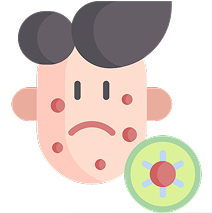
History of chickenpox

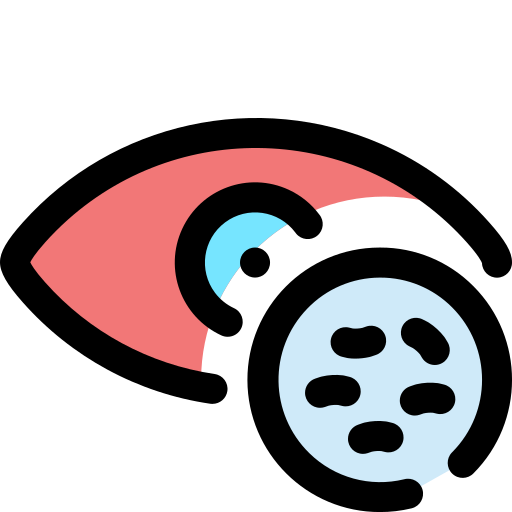
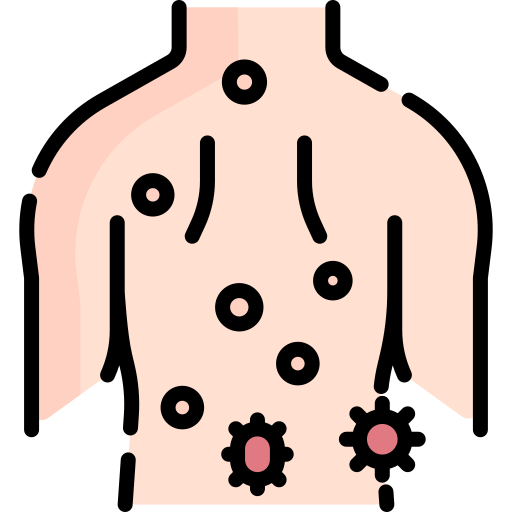


1 in 3 people will get shingles at some point in life.

1 in 3 people will get shingles at some point in life.
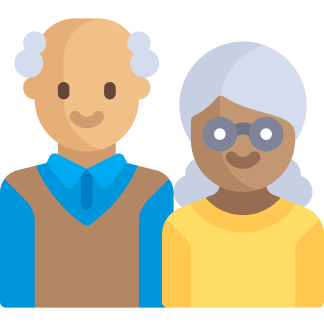
In Malaysia, cases are rising among older adults, especially those with weak immune systems. Up to half of people who live to be 80 years old may have shingles.

In Malaysia, cases are rising among older adults, especially those with weak immune systems. Up to half of people who live to be 80 years old may have shingles.
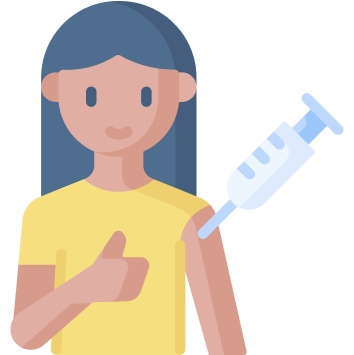
Many Malaysians are unaware that a shingles vaccine is available.

Many Malaysians are unaware that a shingles vaccine is available.
The best way to avoid shingles is through vaccination.
Shingrix – A highly effective vaccine (over 90% success rate), recommended for those aged 50 and above.
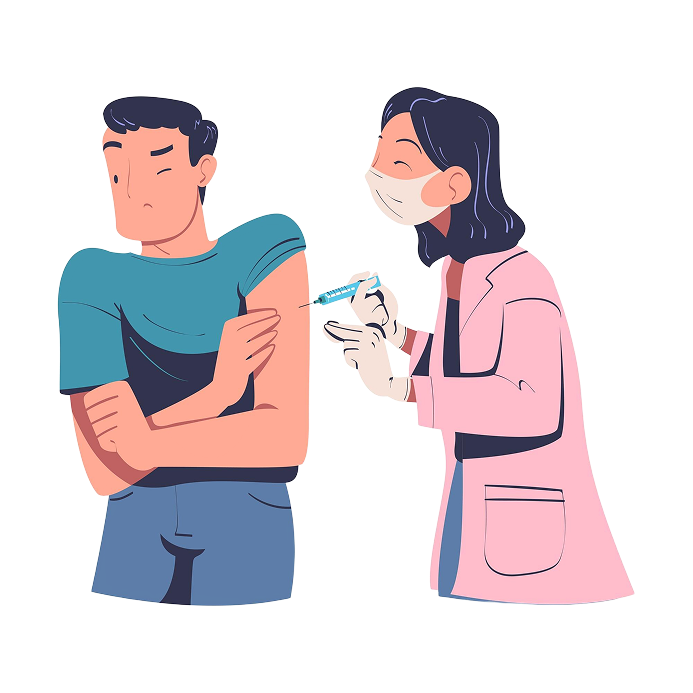
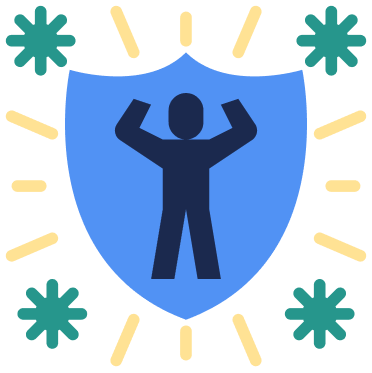
Shingles is more than a painful rash—it can lead to long-term nerve pain and serious complications. The worst part about it is that you may already have the dormant virus inside you - you just don't know it yet.
Prevent shingles and take control of your health. If you or anyone you know is 50 or older, contact your doctor about getting vaccinated for shingles. LifeCare also offers a number of skin treatment and dermatological services that can make a significant difference in your recovery. Get a consultation today to stay healthy and live life to the fullest.
Life Care Diagnostic Medical Centre Sdn. Bhd. 200401034597 (673106-V)
Bangsar South
WhatsApp: 0122343610
1st Floor, Wisma Lifecare,
No. 5, Jalan Kerinchi, Bangsar South,
59200 Kuala Lumpur
Cheras South
WhatsApp: 01127213620
19A-2 & 19B-2, Block E, Kompleks Komersil Akasa,
Jalan Akasa, Akasa Cheras Selatan,
43300 Seri Kembangan, Selangor
Operating Hour:
Monday – Friday: 8.00am – 5.00pm
Saturday: 8.00am – 1.00pm
Sunday & Public Holidays: Closed

